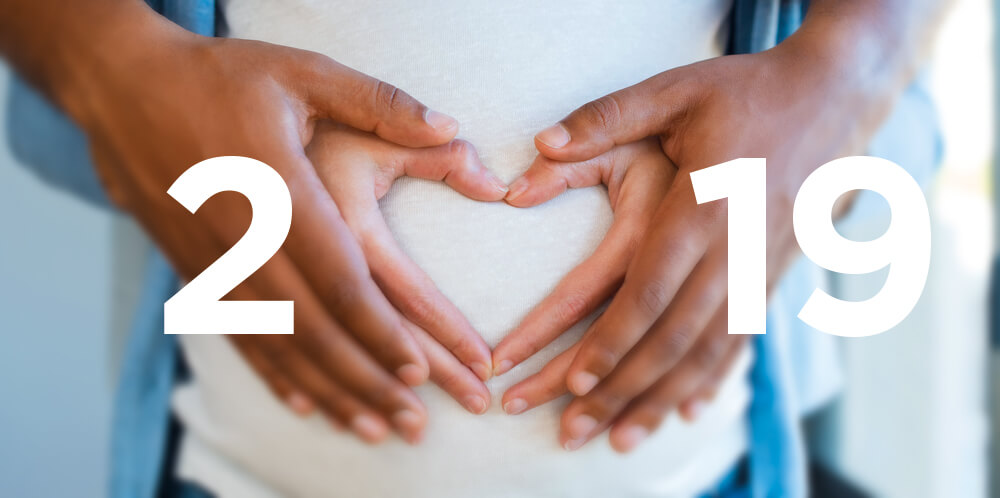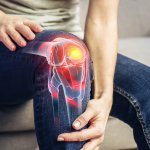To kick off the new year, we’ve taken a look back at some of the many cord blood developments of 2018 and a look forward to what 2019 could hold. Here is our stem cell timeline…

Cerebral palsy and autism release
Cells4Life released our 10th sample to treat Jay Shetty, who has cerebral palsy.
In 2017, we had worked with Jay’s parents, Shilpa and Raj, to raise funds so they could take part in a clinical trial at Duke University, North Carolina for children with cerebral palsy. Initial results from the treatment have been positive.
In the same month, we also released another cord blood sample, used to treat an autistic child in another Duke University clinical trial.
Working muscle with stem cells
Scientists at Duke University, North Carolina started this year in style with a major breakthrough: they created a functioning muscle from scratch using stem cells. The team are now confident that they can use the muscle to design new disease models and regenerative therapies.

Cord blood study for autism
In February, a first-of-its-kind study treated children with autism using their own cord blood and showed treatment to be safe and effective in improving socialisation.
The study, published in the medical journal Stem Cells Translational Medicine, tested 30 children through the Sutter Neuroscience Institute of Sacramento and the Sutter Institute for Medical Research.
It was the first trial performed in the US to assess the feasibility of treating autistic children by using their own newborn cord blood, harvested from their banked umbilical cord.
Umbilical cord blood used to treat heart defects
In the same month, scientists announced a ground-breaking trial from the Children’s Hospital Los Angeles which aims to help babies born with heart defects.
Doctors have begun inserting stem cells into the hearts of newborns with hypoplastic left heart syndrome. They hope that it will encourage heart muscles to enlarge and generate new cells.

Stem cells treat multiple sclerosis
In March, researchers published results from an international study using stem cells to treat sufferers of multiple sclerosis. The trial had wiped out patients’ immune systems using chemotherapy, then rebuilt them with a stem cell transplant.
After year three, stem cell transplants failed in just 6% of patients, whereas in the non-stem cell transplanted control group, treatment failed in 60% of patients.

Cells4Life releases its 12th sample
Cells4Life released its 12th sample in May, for the treatment of diamond blackfan anaemia. The condition is an inherited blood disorder that affects the ability of bone marrow to produce red blood cells. Stem cell transplants are used to treat the condition by encouraging the body to create new blood cells.

Leading midwife endorses Cells4Life’s TotiCyte
In June, leading midwife Cass McNamara endorsed Cells4Life’s cord blood processing technology, TotiCyte, because it is completely compatible with delayed and optimal cord clamping.
Cord blood banks usually require a minimum blood sample of 40ml but TotiCyte can process as little as 10ml.
Cells4Life releases cord blood for autism
In June, Cells4Life released our 13th sample, which was used to treat an autistic child.
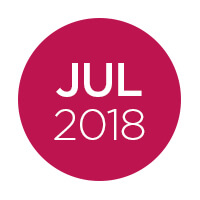
Clinical trial shows stem cells improve lung injury
In July, results from a clinical trial pointed towards the use of haematopoietic stem cells – which can be found in cord blood – to treat chronic obstructive pulmonary disease (COPD).
The study also found that these stem cells could reverse or reduce the effects of cigarette smoke on the lungs.
Cells4Life releases another sample for autism
July also saw Cells4Life release another cord blood sample to treat autism. Overall, it was the third sample released for the treatment of autism spectrum disorder.
The NHS and UCL take on lung cancer with stem cells
July was a busy month for stem cell therapy, as a new NHS trial was announced to investigate the viability of lung cancer stem cell therapy as a replacement for chemotherapy. The news came after doctors at University College London (UCL) proved that mesenchymal stem cells, which are found in umbilical cord tissue, can specifically target cancerous cells in the body.
Stem cell therapy for Parkinson’s disease
Researchers at Kyoto University’s Centre for iPS Cell Research and Application in Japan moved ahead with the world’s first application of induced pluripotent stem cells (iPSCs) to treat Parkinson’s disease in July.
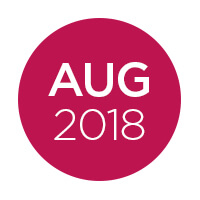
Cord blood stem cells treat childhood autism
In August, leading cord blood expert Gocha Shatirishvili, MD PhD announced a case study that showcased the efficacy of cord blood intrathecal injections for autistic patients.
Until recently, eight-year-old Nikoloz struggled with the symptoms of severe childhood autism. He was unable to speak and prone to aggressive outbursts and was diagnosed with the condition at the tender age of just two.
A cure for sensorineural hearing loss?
In the Summer, the results from a small-scale study in Florida, USA offered hope that hearing loss may soon be reversible thanks to the power of cord blood stem cells.
Doctors at Florida Children’s Hospital treated children with their own stem cell samples to great effect, with almost half experiencing significant improvements in their auditory abilities. The trial specifically focused on sensorineural hearing loss, which accounts for 90% of hearing loss worldwide.
New hope for patients with cystic fibrosis
In August, researchers at the University of Adelaide, Australia discovered a way to replace the cells responsible for causing cystic fibrosis with healthy, disease-free alternatives. Scientists found that cell transplant therapy, normally used to treat immunodeficiency disorders, could also hold the key to curing the worst symptoms of the condition.

Crohn’s disease and stem cells trial
A UK-led clinical trial was announced in late August that will see hospitals from around the country come together to treat Crohn’s Disease with stem cell therapy.
The new trial followed from a 2015 study that found stem cells could improve patients’ quality of life. Researchers will now attempt to treat patients by obliterating their immune systems with chemotherapy and then administering stem cells.
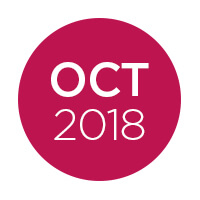
Cleft palate and cord blood
Researchers at Hospital De San Jose in Bogota, Colombia, tested cord blood stem cells on nine children with a cleft palate in their trial. Results suggested that full recovery is possible.
By age 5, doctors reported that patients had a ‘good thickness’ to their jaw bone as well as normal teeth. The report concluded that they would not require further surgery.
30 Years of Cord Blood Banking
October marked three decades since the first-ever cord blood transplant, which took place on October 6th 1988 to treat a five-year-old patient with Fanconi Anaemia. To mark this occasion, Cells4Life looked back on just how far stem cell therapies have come in the past thirty years.

Cord blood: a cure for cancer and HIV?
In November, Fred Hutchinson Cancer Research Centre announced a clinical trial offering cord blood transplants to patients with blood cancer and HIV, the virus that causes AIDS.
For 10 HIV-positive patients, the trial offers more than a chance for stopping their cancer. It offers a long-shot possibility of an HIV cure. The study team intend to find cord blood units with a special natural mutation that blocks HIV from infecting immune cells — potentially suppressing HIV without a need for antiviral drugs.
World Cord Blood Day
We helped to spread the word and celebrated the second ever World Cord Blood Day this month. Organisers designed the day to spread the word among healthcare professionals and parents alike, and people all around the world came together to hear about the latest developments in stem cell therapies.

UCB stem cells safe for adults with blood cancers
December saw researchers announce that they had successfully grown UCB stem cells outside the body, then transplanted them into adult blood cancer patients with promising results.
Normal blood cells were created, and the time that adult blood cancer patients had a compromised immune system after transplantation was reduced to 11.5 days.
94% of patients who received the UCB treatment ended up with successful graft procedures within 6 weeks.
World Cord Blood Day
We helped to spread the word and celebrated the second ever World Cord Blood Day this month. Organisers designed the day to spread the word among healthcare professionals and parents alike. People all around the world came together to hear about the latest developments in stem cell therapies.
2018 also saw other major achievements not included in our stem cell timeline – from veterinarians using stem cells to treat dogs, to scientists exploring new ways to expand umbilical cord blood.
If we learnt one thing in 2018’s stem cell timeline, it’s that the uses for umbilical cord stem cells are increasing rapidly. With that in mind, this year is shaping up to be a very exciting time for regenerative medicine.
Stroke
In particular, we can look forward to news about the treatment of stroke with cord blood. The University of Georgia is set to begin testing a new treatment, called AB126. AB126 uses stem cells to decrease brain damage after stroke. Animal studies point towards a 50% reduction in brain cell degradation.
Likewise, Duke University’s leading ischemic stroke clinical trial will come to an end in a few months’ time. The study has been treating patients with single intravenous infusions of cord blood between 3 and 10 days after their stroke.
Cerebral palsy
Several studies will complete in 2019, which have been looking at stem cell therapies for cerebral palsy. In July 2019, we can expect results from August University after they tested the safety and efficacy of cord blood infusions in 40 children with CP.
The Murdoch Children’s Research Institute in Australia will also publish results investigating the safety of single dose intravenous infusions of cord blood cells from one sibling to another with cerebral palsy.
We look forward to keeping you up-to-date throughout the year as new developments arise.
Request a Welcome Pack
Find out more about cord blood banking by downloading a Welcome Pack now.

